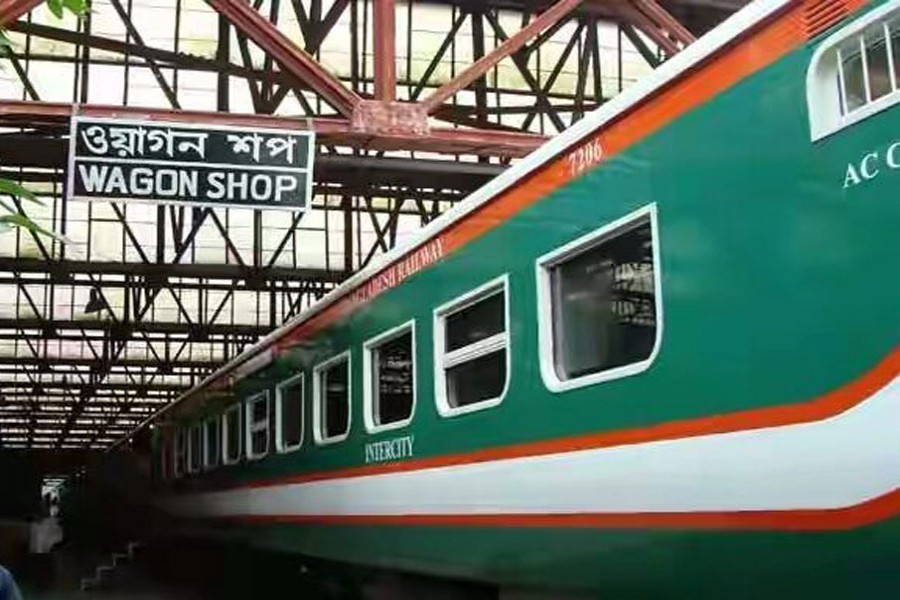The move to turn the railway repair workshop at Syedpur into a full-fledged carriage-making plant is an indication of greater focus on the country's railway neglected so far. An efficient railway network cannot be developed without appropriate infrastructure. The Bangladesh Railway (BR) had long been in a moribund state before its indispensability was recognised for mass transportation. It is ludicrous to import luxury buses at astronomical costs and concentrate on developing motorised routes in a country known for its abnormally large population. People's and good's movement - the faster it is the better -is indicative of economic growth. The railway is considered people's transportation for it is fast, smooth and can carry a large number of passengers at a time. Bus, taxi and car journeys are highly costly and common people cannot afford those. A strong comeback for the railway is eagerly awaited with the anticipation that it will be able to meet the growing need of mass transportation in the country.
In that task, the construction of a carriage-producing plant at Syedpur will be a modest step towards fulfilling the objective. Yet it will save the country billions of dollars now spent on import of passenger coaches and freight wagons. But still the carriage manufacturing factory reportedly will not be constructed before 2021. However, there is more to do now. Undeniably, the metre gauge railway tracks cannot serve the purpose of an extensively developed and fast railway system. The option for broad gauge rail tracks is there and all future development programmes for the BR should be undertaken in the light of such tracks. Or, else, there is every chance of a mismatch in the system like the one involving the Demu railway carriages. Compatibility between the platforms and the Demu trains were missing and also the coaches were reportedly unsuitable for weather here.
Clearly, there is need for large investment in the BR if it has to develop into a very efficient and capable service. But impressions it sometimes gives are contrary to expectation. When engineers argue that bamboos can be used to maintain worn-out railway tracks, it sounds puzzling, to say the least. The country's railway tracks are not in the best of shapes. Even the endemically slow trains cannot gather the speed they are capable of lest the tracks give in. So here is a candidate for big investment.
Ultimately, the policymakers should set their sight on introducing electric trains sometimes in the future. True, the government will always feel the financing constraint on embarking on railway development projects. In that case, public-private partnership (PPP) funding can be a way out. What is the harm of gradually dispensing with large investment in import of luxurious buses and persuading private investors to go for investment in railway? Foreign finance in the construction of the factory for carriage production will constitute the bulk of the cost. If this is so, similar initiatives for investment in railway tracks and other facilities for operating electric trains can as well be explored.


